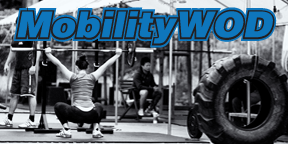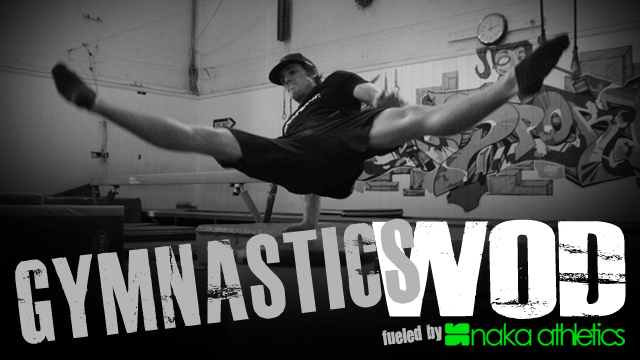27
Sep / 11
Jumpers Knee
posted by: ruth
Also known as Jumper’s Knee,” patellar tendonitis is defined as “an injury that affects the tendon connecting your kneecap (patella) to your shinbone…Patellar tendinitis is most common in athletes whose sports involve frequent jumping — for instance, basketball, soccer and volleyball players. For this reason, patellar tendinitis is commonly known as jumper’s knee. However, anyone can suffer from patellar tendinitis, whether a frequent jumper or not.”
The Sports Injury Clinic describes symtoms as:
- Pain at the bottom and front of the kneecap especially when pressing in
- Aching and stiffness after exertion.
- Pain when you contract the quadriceps muscles.
- The affected tendon may appear larger than the unaffected side
There are also different grades of injury, ranging from minor to chronic:
- Grade 1: Pain only after training
- Grade 2: Pain before and after training but pain eases once warmed-up
- Grade 3: Pain during training which limits your performance
- Grade 4: Pain during every day activities
All sources that write about this injury caution athletes to be wary about resting (RICE) and attacking any underlying weaknesses and inflexibility or risk chronic knee pain or worse. Kelley Starrett puts a time frame on the injury: pain that lasts beyond two weeks can be indicative of the tendonitis becoming tendinosis (read more about tendinosis here).
Possible Causes:
The easy answer is to blame the immediate culprit, usually excessive squatting or box jumping. It’s an easy equation, right? The pain appears after box jump workouts. However, the solution isn’t as simple as a temporary hall pass from box jumps. That solution treats the symptom. To treat the cause, we have to dig a big deeper:
Poor Posture: Athletes who tend to stand with an anterior pelvic tilt (think arched lower back and butt sticking out) tend to use the wrong muscles to stabilize their bodies while jumping or squatting. This can lead to placing more impact on their knees and lower backs.
Muscular Imbalance or Weaknesses: More specifically, the imbalance is between their stronger quads (anterior chain) and their weaker glutes and hamstrings (posterior chain). Weaknesses in the posterior chain make it difficult to stabilize when jumping and landing. Often times we see people preparing to jump and their knees track inwards or we see them landing on the box/ground without staying tight in the glutes and hammies to buffer the landing. Both situations cause stress on the knees, pushing them further over the toes and your poor patellar tendon suffers because of it. Strengthening the hamstrings and glutes will help prevent this. Also imbalanced quads and poor midline stability (think strict crunches and obliques) can lead to knee pain.
Lack of Mobility: Tightness in hips, IT band, quads (rectus femoris and VMO), hammies, quads (specifically the area above the kneecap), and calves can all contribute to jumper’s knee. Check out the video above for a really comprehensive mobility routine to pre-habilitate (prevent) and/or rehabilitate (treat) jumper’s knee. For those that have encountered this problem in the past, remember that a little pre-habilitation can prevent a lot of rehabilitation.
What do you do with all this information then? We don’t expect you to be able to assess muscle imbalances but you can be more cognizant of your posture. Take note of how you move. Do your chest and thighs touch the floor at the same time when you do push ups or do your thighs never seem to make it down?. Do your knees turn in when you begin your box jump or push press? Are your hamstrings and glutes loose when you land on the box as well as when you jump down? Ask a trainer to watch you closely when you warm up. If we notice these things, we’ll be happy to give you some homework to help prevent any injuries down the line.
Also, if you start to feel the above symptoms, make sure you let the coach know to substitute out any necessary movements (ie today’s box jumps). It’s much better to go easy for a week or two than be laid out for a month or more!
Check out Steven Low’s segment on patellar tendonitis, as well as a collection of other articles about knee injuries for more info. Also Mike Robertson’s Knee Pain Basics Parts 1, 2, and 3 are excellent sources of info.
WOD 09.27.11
Press 3×5 or Wendler
5 rds:
12 Pull Ups
12 Kettlebell Snatches
12 Box Jumps


 310.465.6565 |
310.465.6565 |



















2 Responses to “Jumpers Knee”
Jeff Stoehr
September 27, 2011 at 10:27 AM
Thank you Ruth for posting very helpful information!
Melina
September 27, 2011 at 1:53 PM
Good info. I think this is what I’ve been struggling with the past few months.